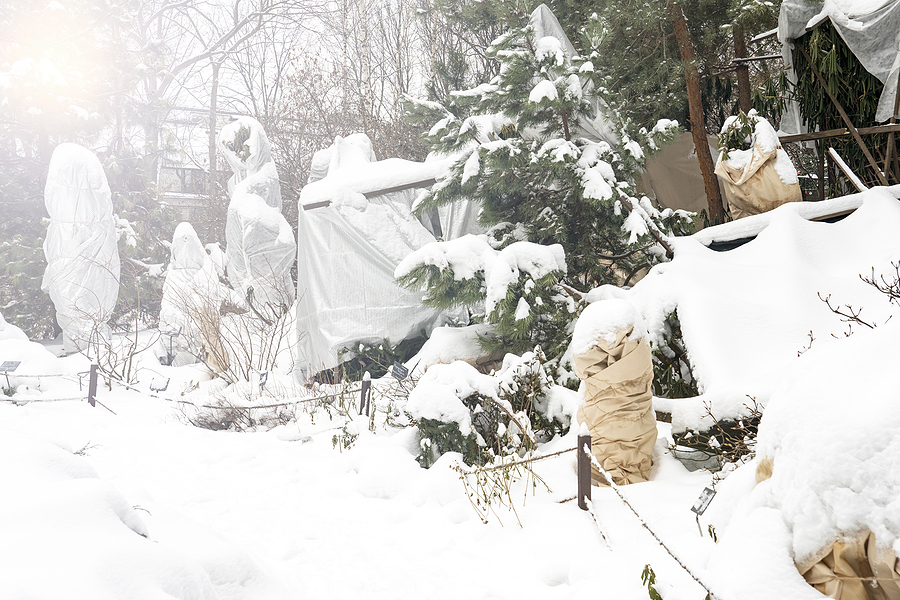As the winter season rolls in, Indiana’s landscapes transition into a frosty tableau. This frigid season, while beautiful, can be harsh on our towering green friends. Understanding winter tree care is vital to ensure the survival and thriving of these nature’s giants during the cold months.
This blog post aims to guide you through the essentials of tree protection, helping prevent tree damage that Indiana winters can inflict. So, buckle up and let’s embark on this journey of safeguarding our trees against the freeze!

What You Need to Know About Winter Tree Care
Trees are vulnerable during the winter months, especially when temperatures drop well below freezing. The most common cause of tree damage in winter is frost cracks, which occur when outer layers of bark freeze and contract faster than the inner layers. This stress leads to vertical cracks, leaving trees susceptible to diseases and insects. Moreover, snow and ice can accumulate on branches, putting them at risk of breaking under the extra weight. To protect trees from these potential hazards, there are a few things you should do.
Mulch is Your Best Friend
Mulch is extremely beneficial for winter tree care. A layer of mulch around the base of your trees acts as insulation, keeping the roots warm and protecting them from temperature fluctuations. It also helps retain moisture in the soil, which is crucial during winter when the ground can freeze and become too dry for trees to absorb water.
Wrap Your Trees
For young or newly planted trees, wrapping them with burlap or tree guards can provide much-needed protection against harsh winds and snow accumulation. These materials act as a barrier, shielding trees from the elements and preventing frost cracks and other forms of damage.
Prune with Caution
Pruning is an essential part of tree care, but it should be done carefully during winter. Pruning too much can weaken trees, making them more susceptible to cold temperatures and strong winds. It’s best to wait until spring before doing any major pruning. However, if you notice any damaged or broken branches, those should be removed promptly to prevent further damage.
Water Your Trees
Although it may seem counterintuitive, watering trees during winter is necessary for their survival. This step is especially crucial for newly planted and evergreen trees. During the cold months, trees rely on stored water in their roots to stay hydrated. However, if the ground is frozen, they cannot absorb any moisture. Therefore, it’s important to water your trees deeply and thoroughly before the ground freezes.
Bonus Tips for Tree Protection:
► Avoid using rock salt or other deicing agents around trees as they can damage their roots and increase soil erosion.
► If you have fruit trees in your yard, make sure to pick any ripe fruit before the first frost to avoid attracting hungry animals.
► If you live in an area prone to heavy snowfall, consider wrapping your trees with burlap or tree guards before the first snowfall.
Conclusion
Winter tree care is essential for the survival and health of our trees. By following these tips, you can protect your trees from potential damage caused by freezing temperatures and harsh winter weather. Remember, trees are a valuable asset to our environment and communities, so it’s worth putting in a little extra effort to safeguard them during the cold months. So, let’s defy the freeze and ensure our trees thrive all year round!
Remember, it’s always better to be proactive and take preventative measures rather than waiting for an issue to arise before seeking help. Contact Timberland Tree Care at 317-348-0811 for licensed and insured winter tree services in Indianapolis, Indiana. We serve residential and commercial customers.
Related Posts:
Tips for Protecting Your Trees From Wind Damage
Reasons Why Your Tree Died Over Winter
Tips for Caring for Evergreen Trees During the Winter

